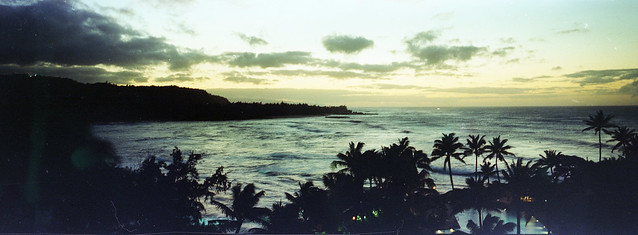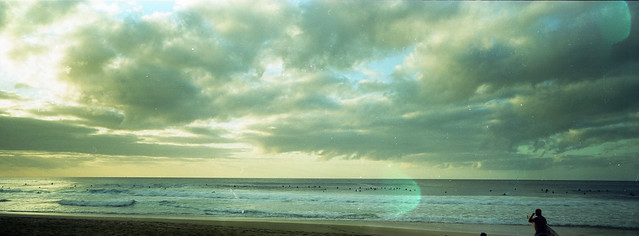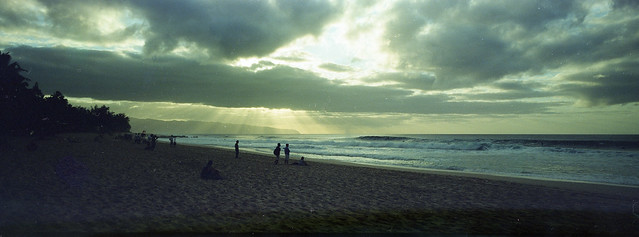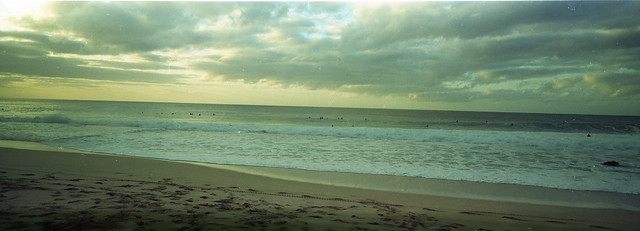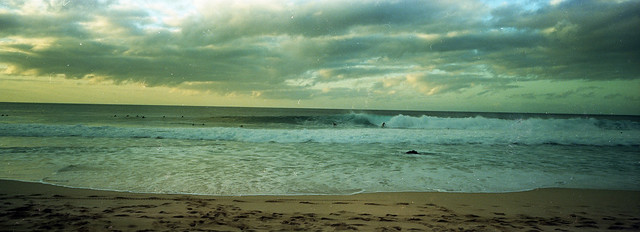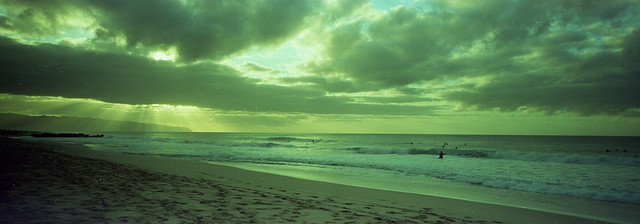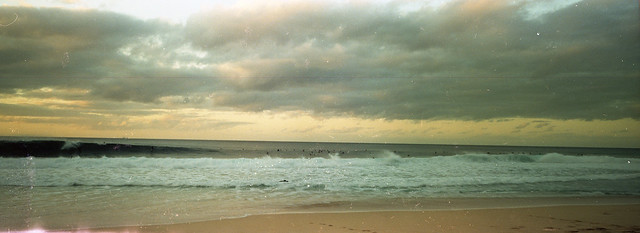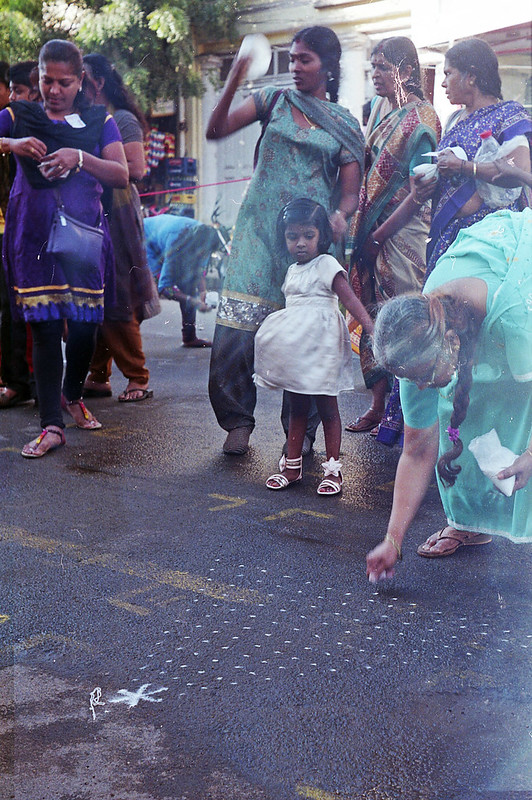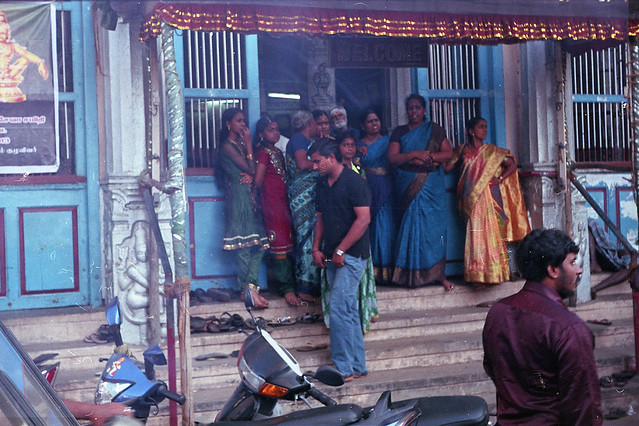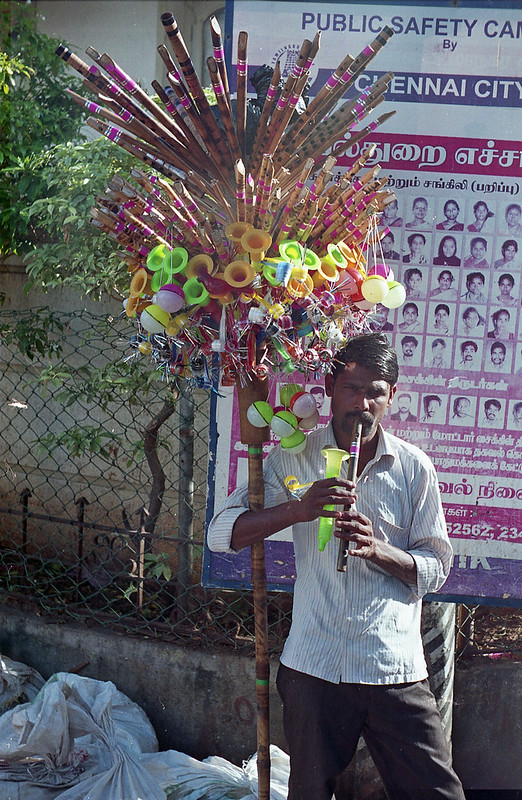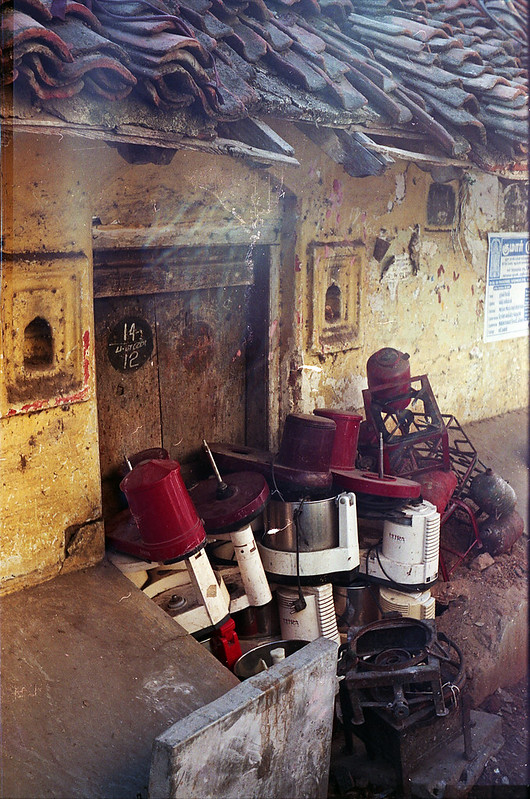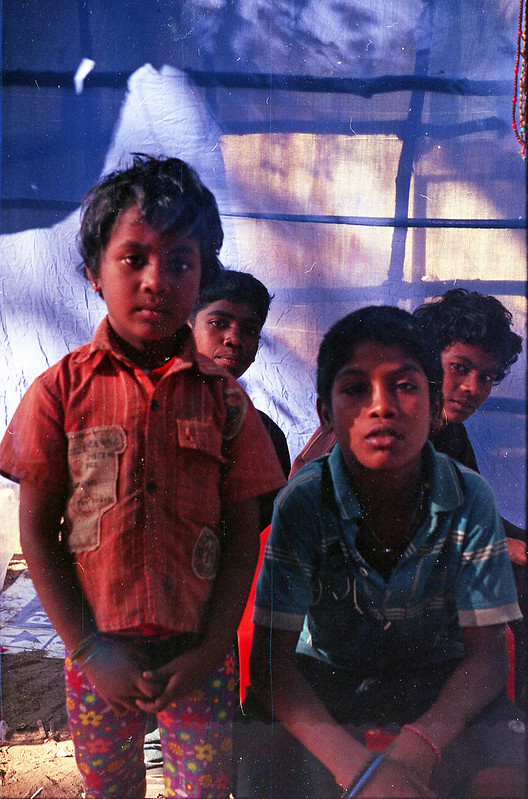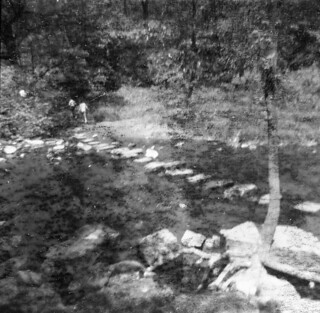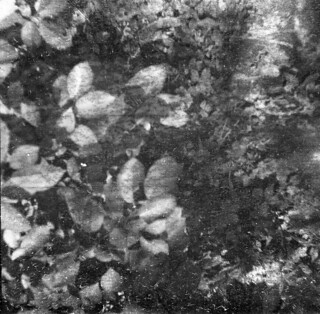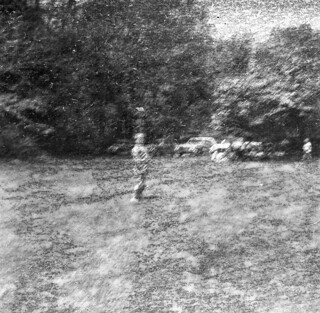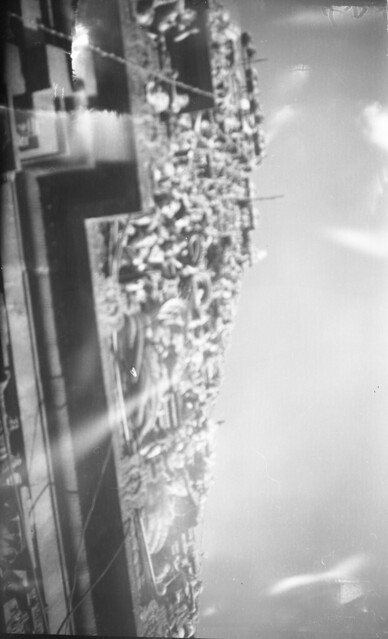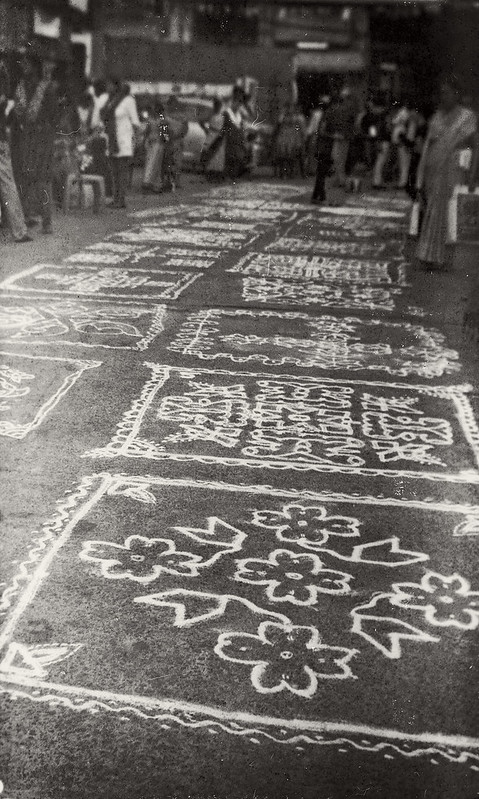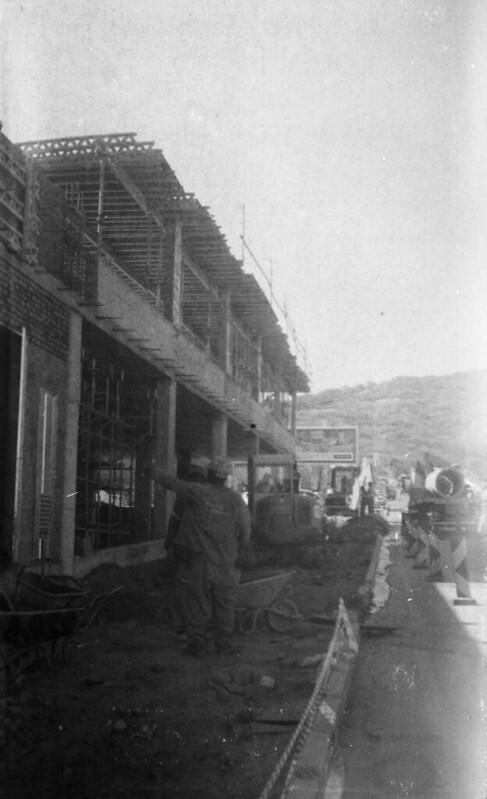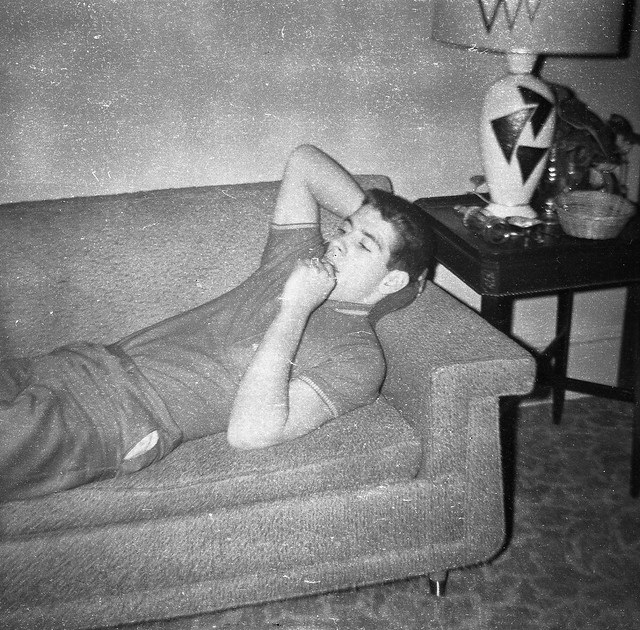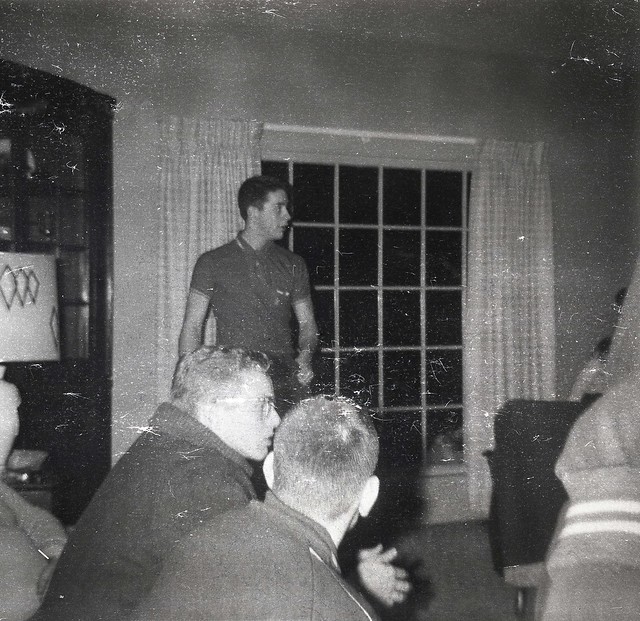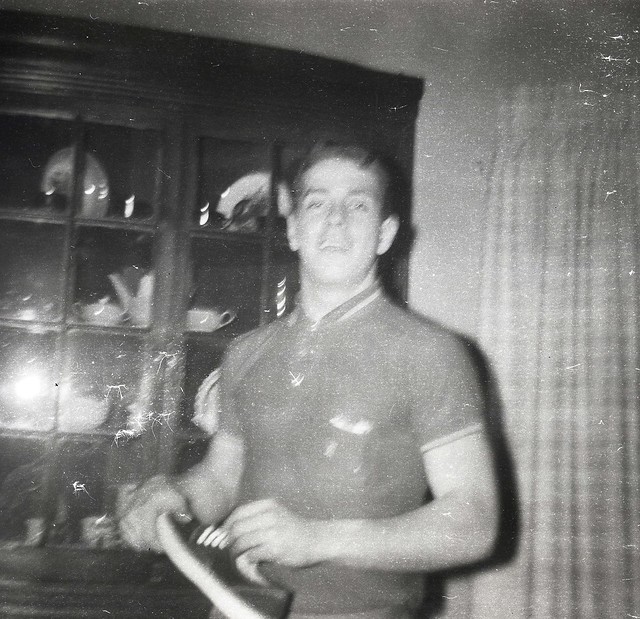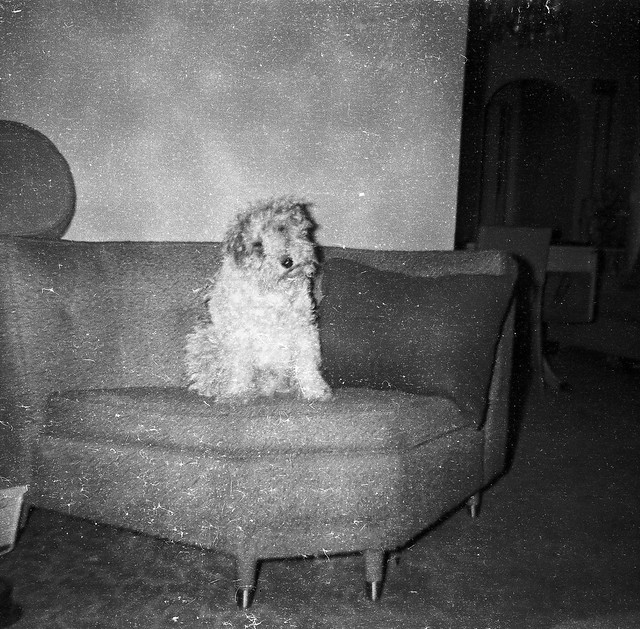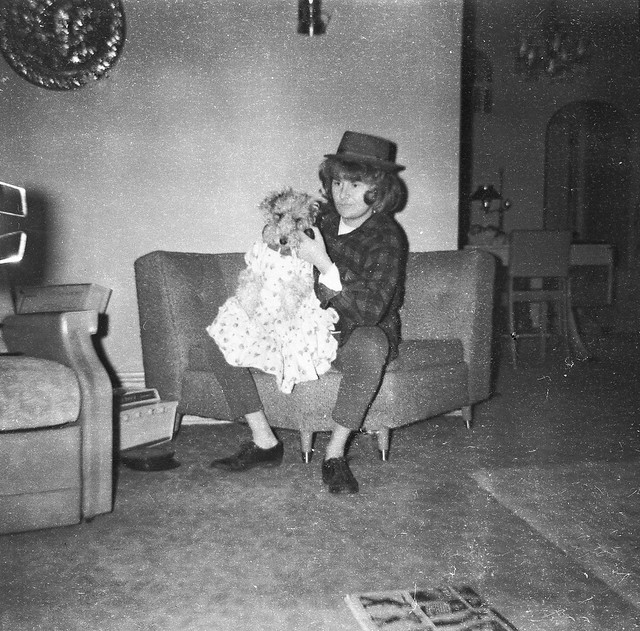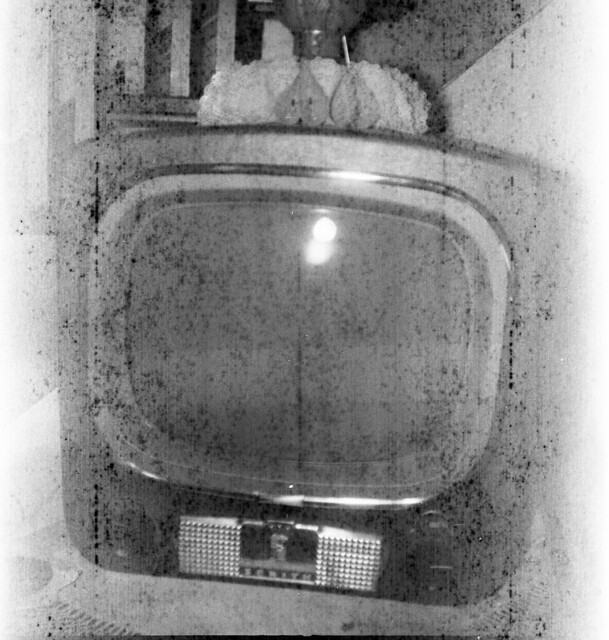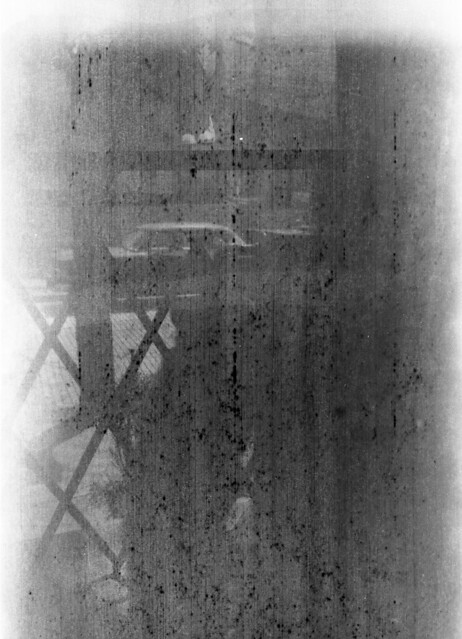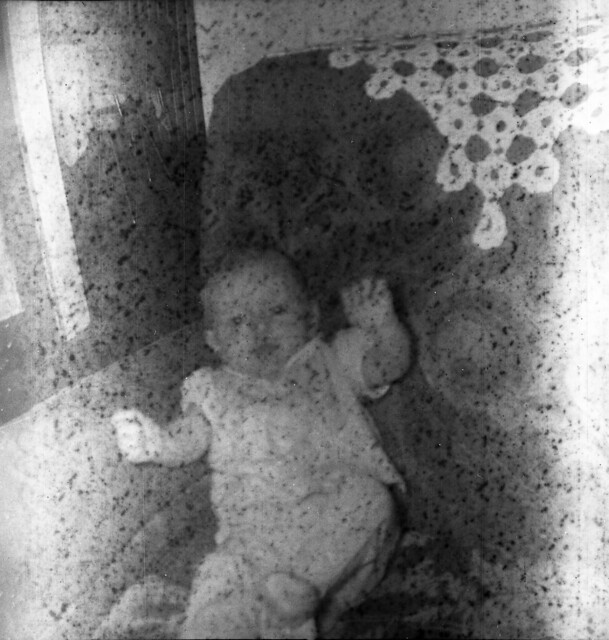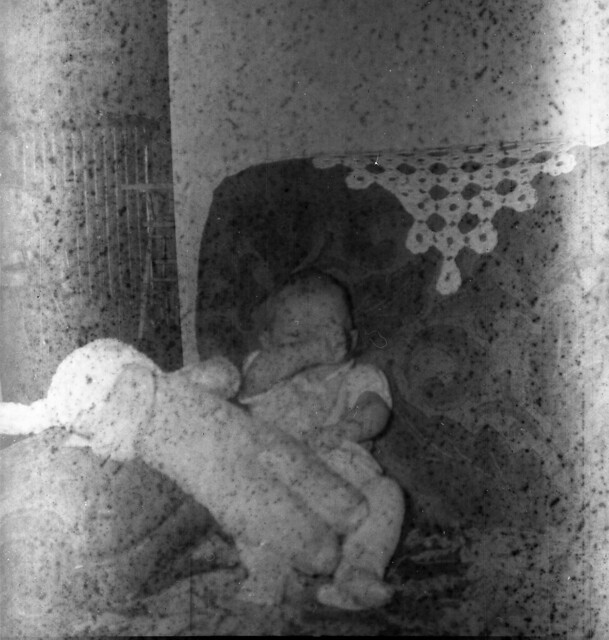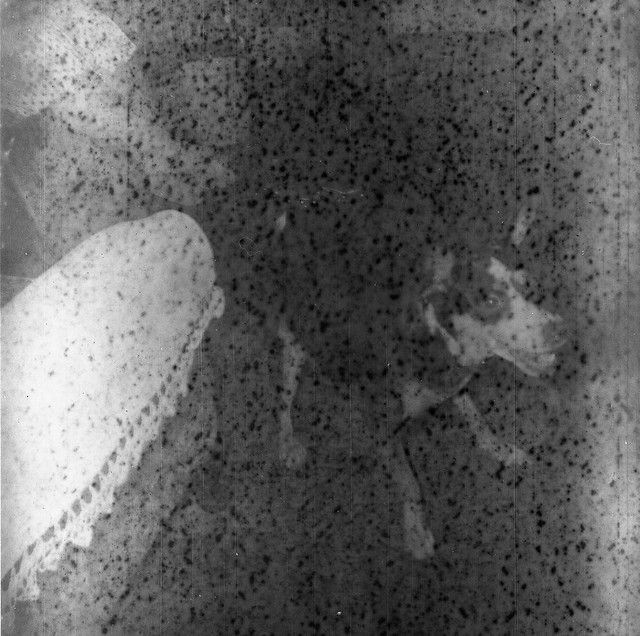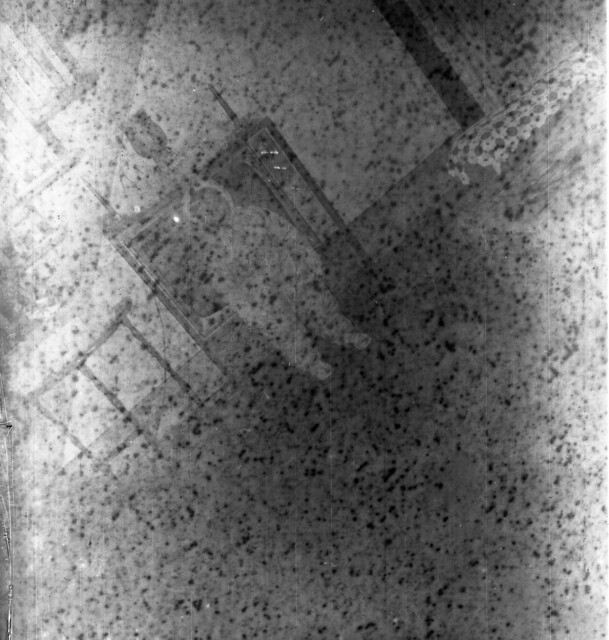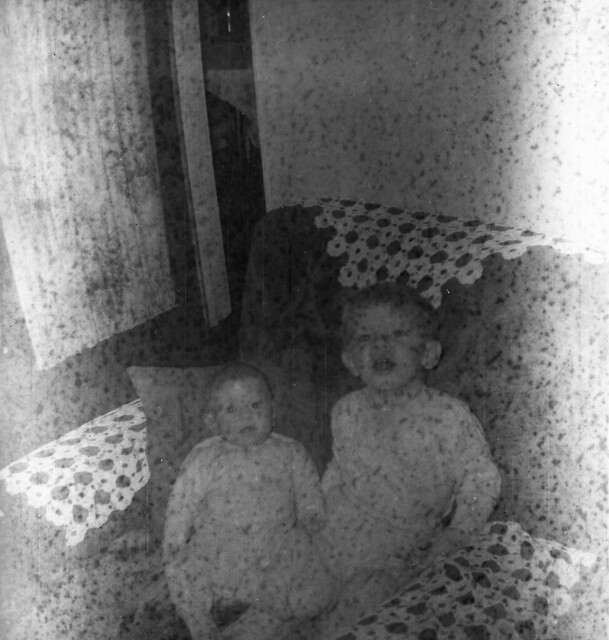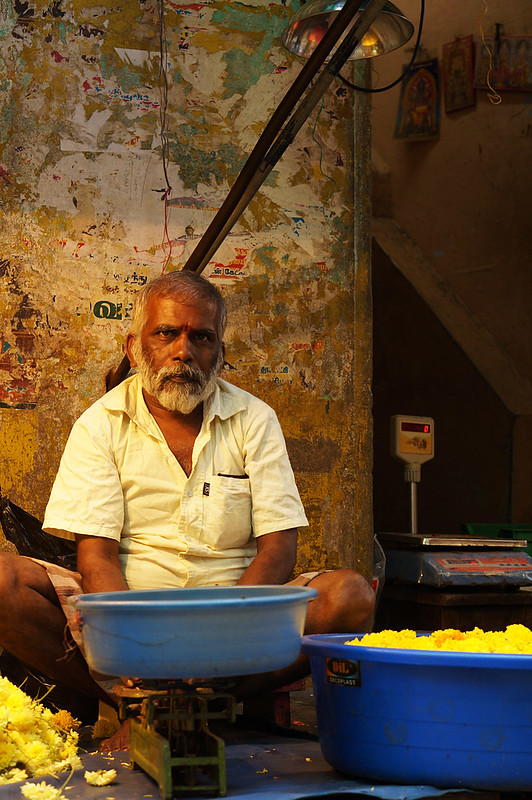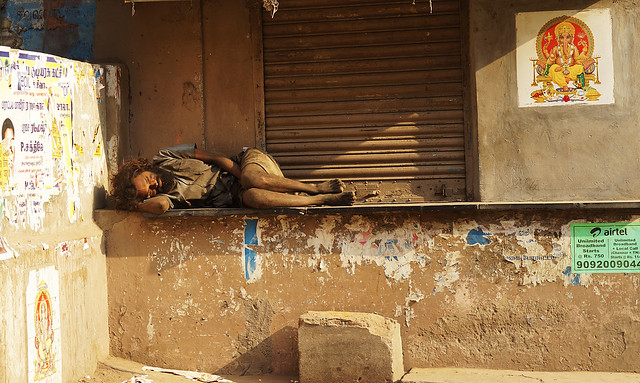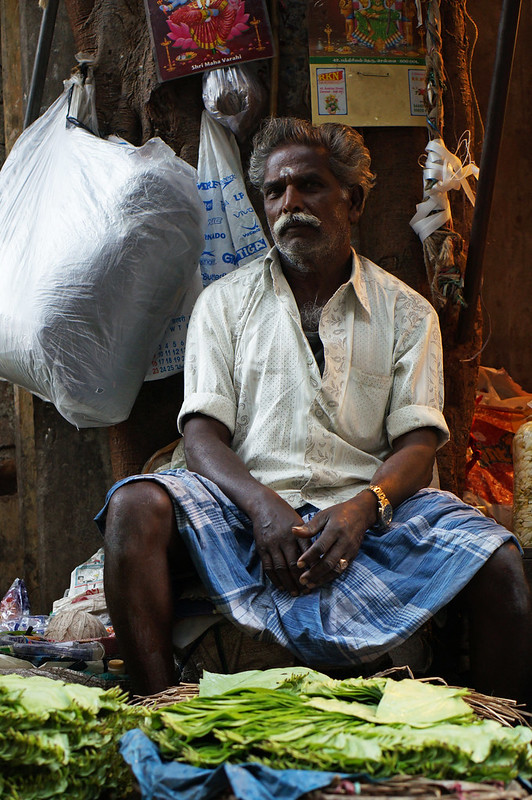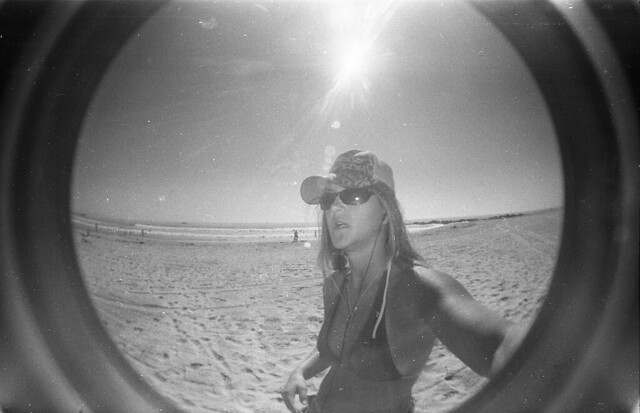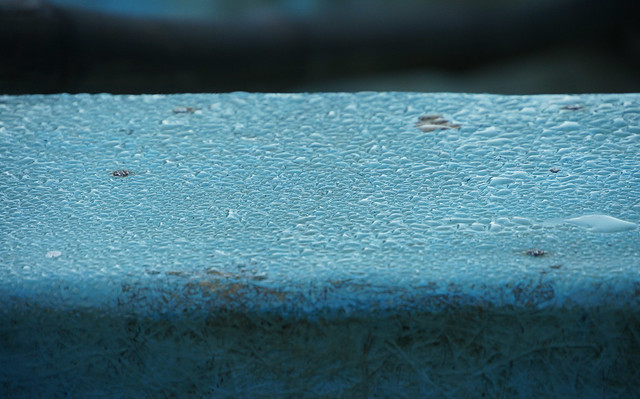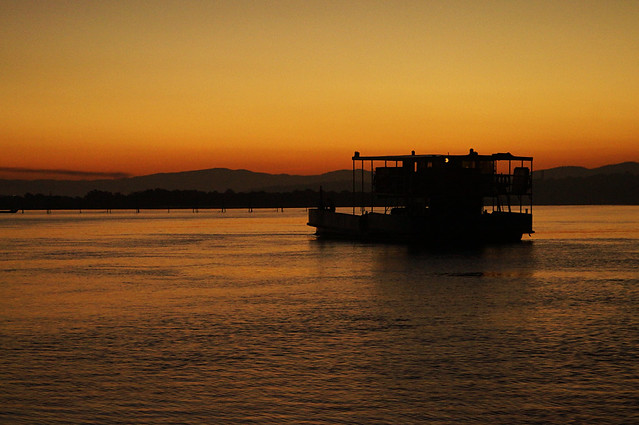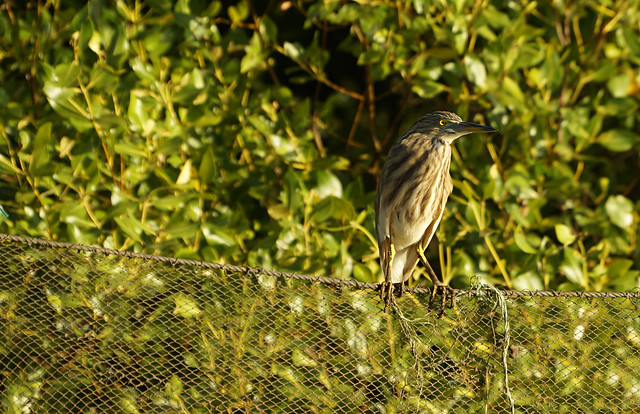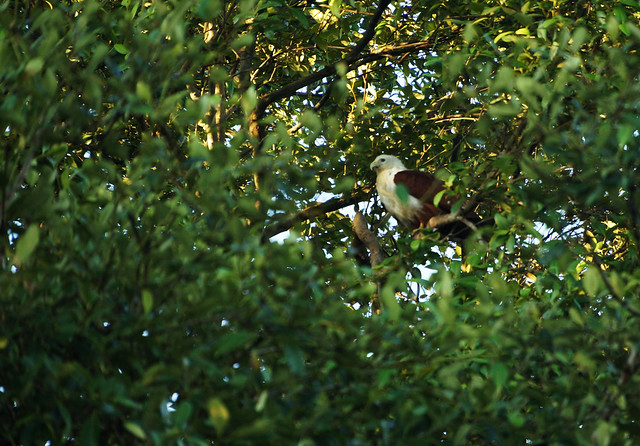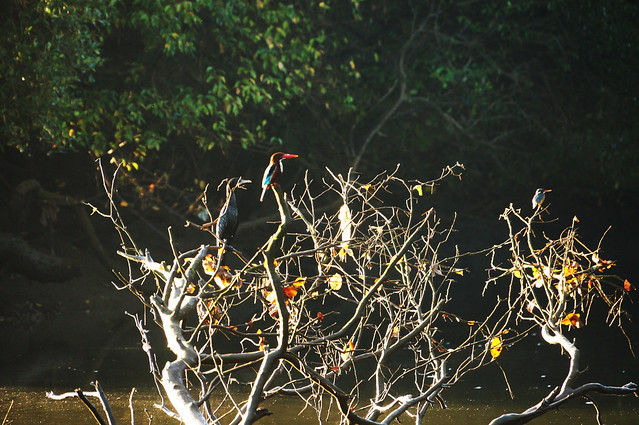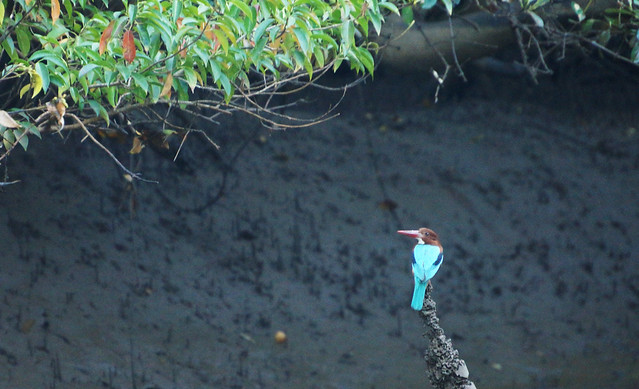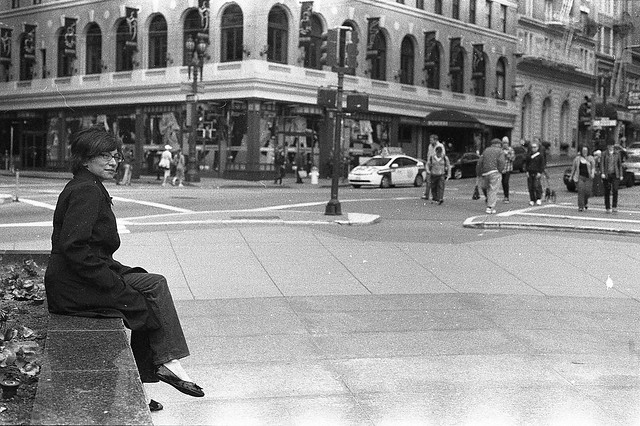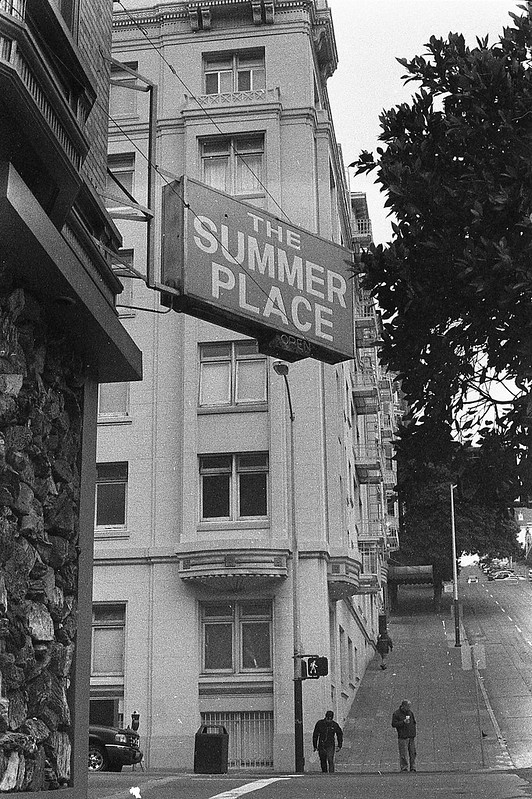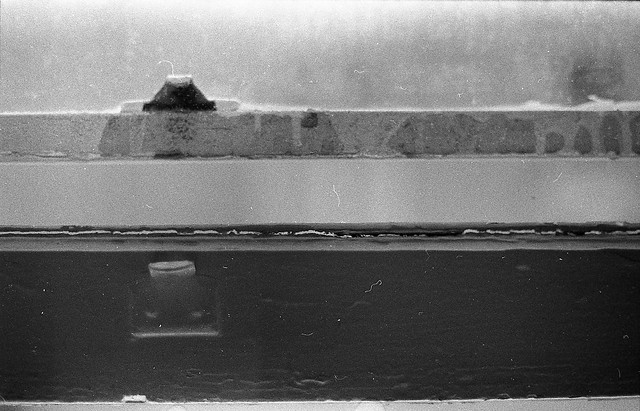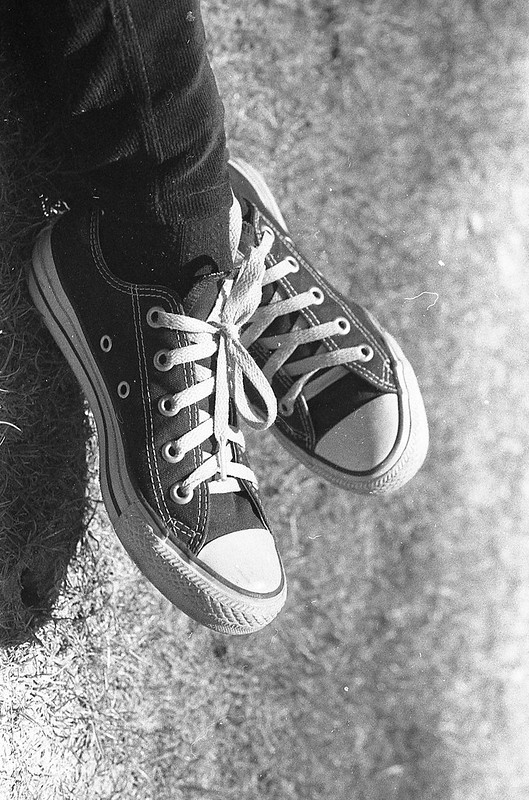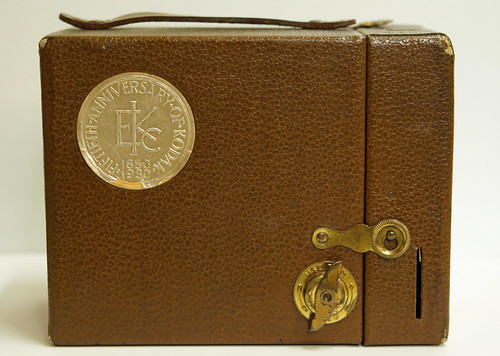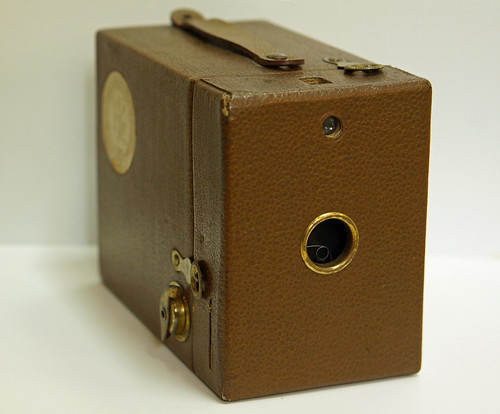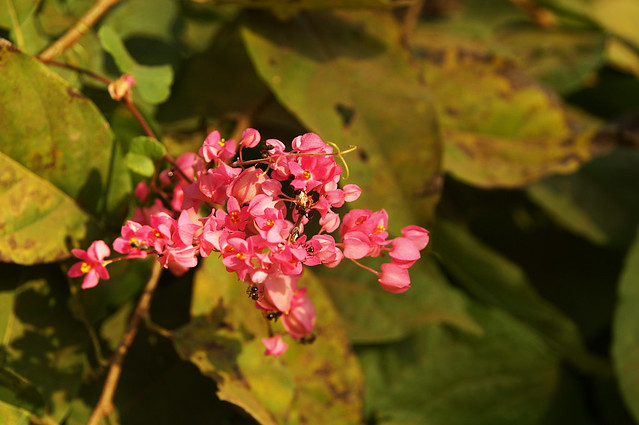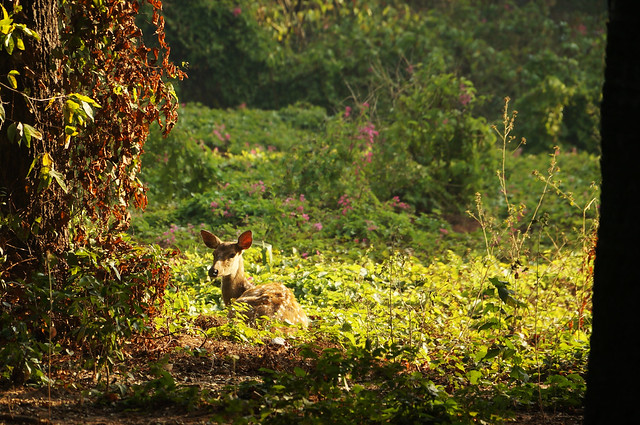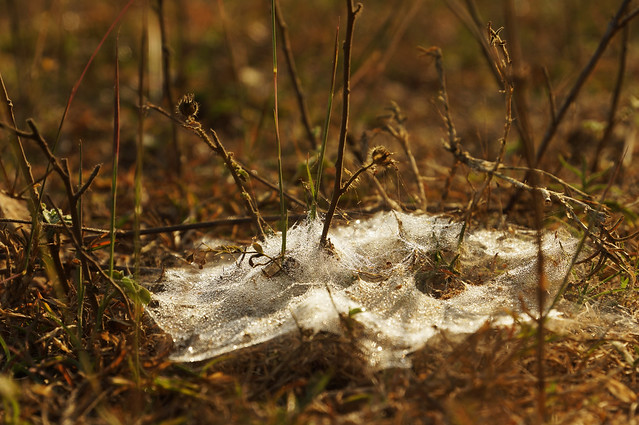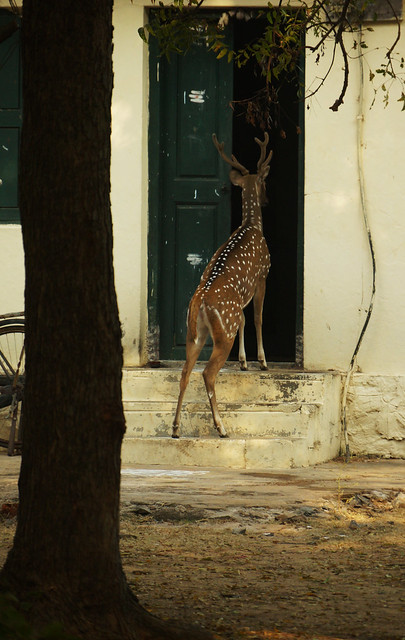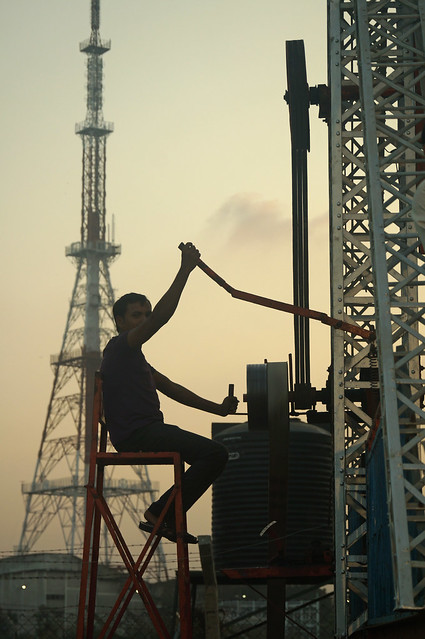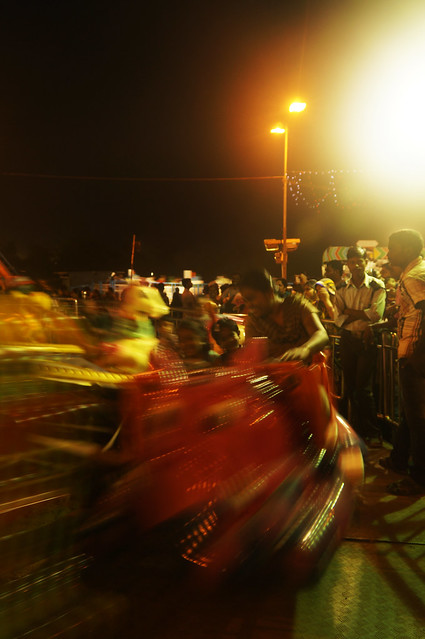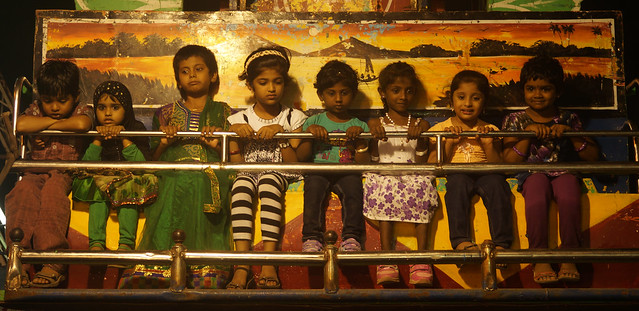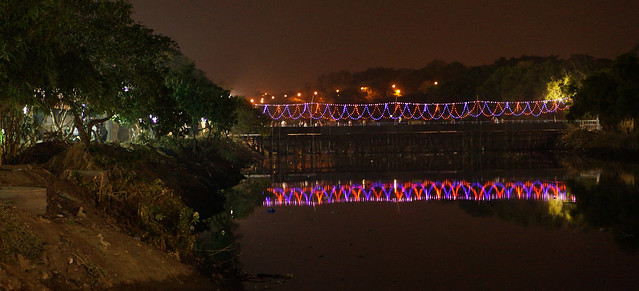One of my photographer friends posted a video on Facebook a couple of weeks ago and wrote something along the lines of, “This video is guaranteed to convince you to buy a GoPro and a Quadcopter…”
He was right. Proceed at your own peril!
Aerial footage of surfers at Steamer Lane, Santa Cruz (DJI Phantom) from Eric Cheng on Vimeo.
I already had the GoPro, one of those tiny wearable cameras that has a range of video and photo options you hardly find on any normal camcorder. But a quadcopter? “What sort of strange magic is this?” I asked myself. I imagined all of the possibilities, and thought of all the opportunities I had already missed – in Namibia, for example, with its wide open spaces and wildlife…and I knew I had to have one.
So I ordered the DJI Phantom 2 for GoPro with ZenMuse Gimbal. It’s a mouthful, but I’ll explain shortly.
The DJI Phantom is a quadcopter that sells for just under $500. Its recently-released successor, the Phantom 2, has a host of improvements, most notably (in my opinion) that its battery life is extended from 15 minutes, to about 25. And then there’s the Phantom 2 Vision, which has its own built-in camera that broadcasts a video signal to a smartphone you can mount on the remote, for a first-person view of what the camera “sees.” That runs close to $1200.
I opted for the Phantom 2 without the camera, but with a mount for the GoPro Hero camera. The camera can be mounted directly to the ‘copter, or via a “gimbal”. The gimbal holds the camera in a steady position regardless of what the ‘copter is doing – which results in a much more steady image. You can also use the remote to change the angle of the camera, from pointing straight ahead, to looking straight down (and all points in between). The gimbal by itself costs about $350, but the Phantom 2 with the gimbal together is $870.
This is not your ordinary toy remote control helicopter. This quadcopter includes technology that keeps flight stable and allows it to hold a steady hover when you take your hands off the controls. And the battery is “smart” – meaning not only that it knows when the battery is low, but will automatically fly back to its start point and land when the battery is low – or if communications with the remote are somehow interrupted. I haven’t tested this feature, nor do I want to – but it’s comforting to think it will work when I have hundreds of dollars worth of electronics so far away it’s barely visible, possibly over water. It communicates visually with flashing colored LED lights.
It’s pretty easy to learn how to fly, though you need to give yourself some open space, and take time to practice before trying to maneuver in tight spaces. I was a little overconfident and had a couple of hard landings. But at least I wasn’t like another reviewer, who reportedly tried flying it inside his own house! And it’s a lot of fun!
On the downside, the GoPro uses the same frequency to communicate as the ‘copter. This means you effectively lose the ability to use the first-person viewing ability built into the GoPro (it connects via WiFi to a table or iphone) because your GoPro talking to your ipad may interfere with the flight commands. Again, this is not something I’m willing to test! So if you don’t already have a GoPro and are looking at buying one of these, I’d buy the Vision – with its own camera already attached – because they have it communicating on a different frequency. I think the first-person viewing is a pretty useful feature – without it, you’re basically “estimating” what the camera is seeing, and by the time you view the results on your computer, it may be too late to re-shoot. So you take extra footage, just in case – so you have more to choose from.
Also, everyone agrees it’s easy to fly, but there is also the occasional “hard landing.” In my case, one of the aluminum brackets holding the gimbal bent (quite easily, actually), which means the camera angle was no longer correct until I bent it back. The edges of the mounting holes are very delicate and break if you do too much bending – and they charge $75 for a new bracket, despite the fact that this is probably the least expensive part of the gimbal. This was about the time I learned about a company called Shapeways, where people design, make and sell items with their 3D printers. On that site, a much more durable plastic version of the bracket costs $33.
Finally, transport is a bit of a pain. I have wondered how airport security will react to seeing this in my carry-on luggage; but first I need to figure out how to move it with the propellers attached. The props are self-tightening, which is a good thing until you want to remove them. There’s a $1 tool available to help with this which I haven’t tried. Or a $200 Pelican case with foam inserts to hold everything in place where it belongs. This can be an expensive hobby, I guess!
Finally, I have recorded a short video to show the results I was able to achieve. This is from a 7-minute flight, cut down to make it more interesting. The ‘copter is pretty noisy, which is why every video you see online (also fun to check out, by the way) is a music video. I suppose you could also narrate or use other sounds.
There is one caveat to be aware of. Legislation and regulations governing the use of these things are still developing. Most countries don’t have anything in place, but this may change. In the U.S., it is currently OK to fly these under 400 feet, as long as it’s not for commercial purposes. I heard that a business using some form of ‘copters to deliver goods was grounded, and the use of these for commercial photography/videography is presumably also prohibited. Something to bear in mind before you drop a lot of cash on this!



